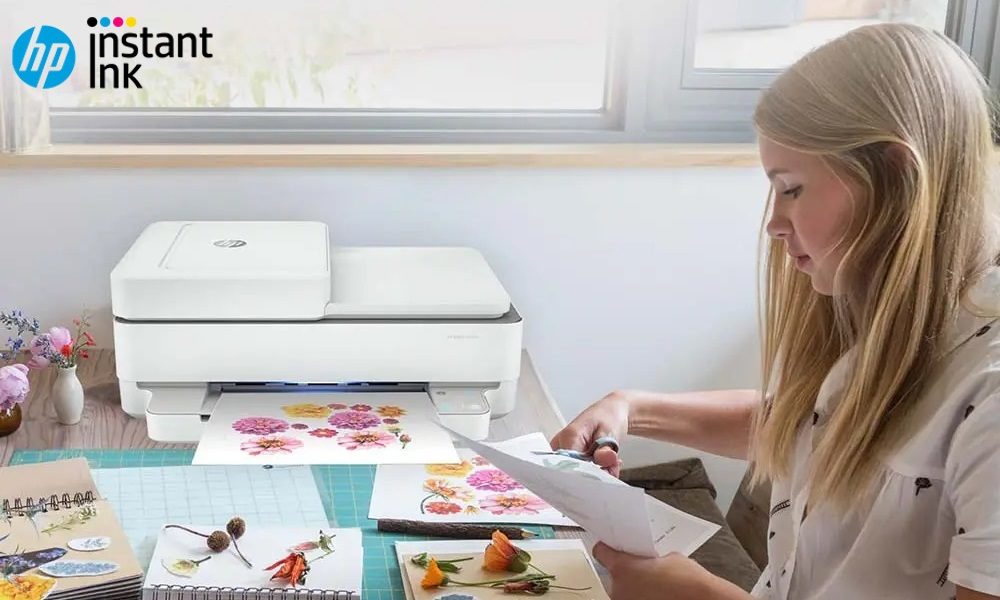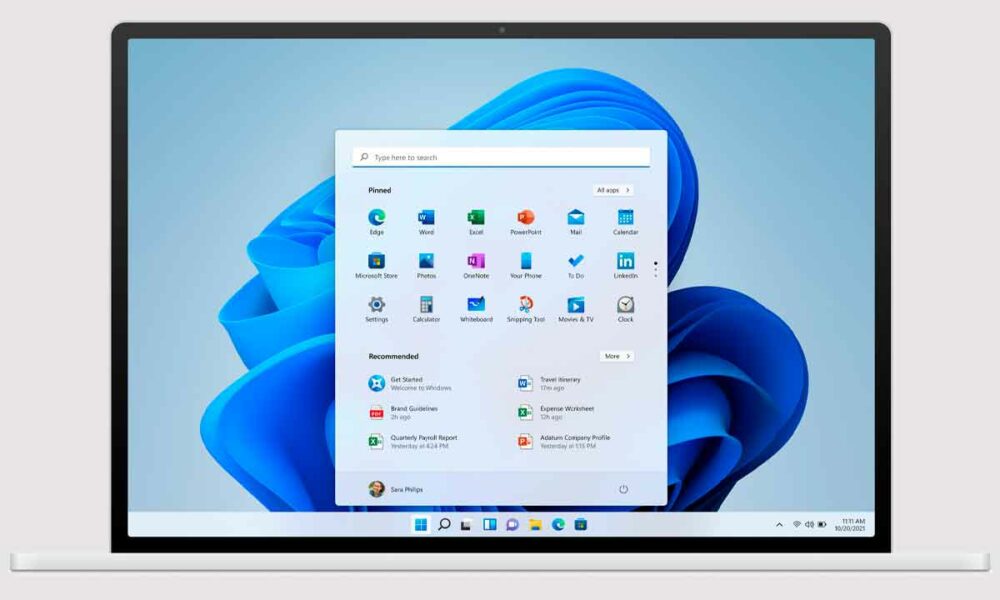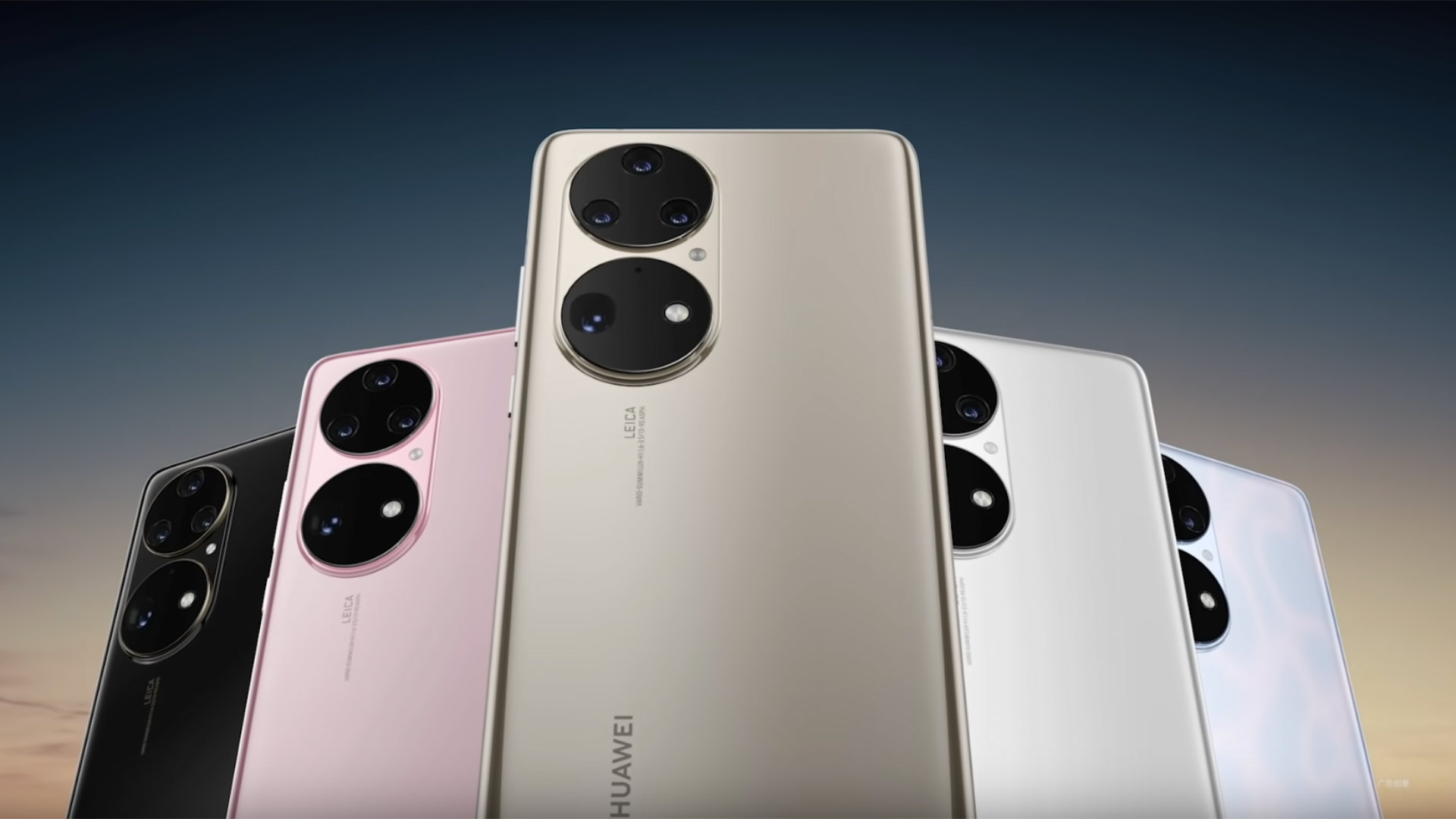
Huawei’s new phones are said to be photo stars, able to get you closer to your subjects with 100x zoom. An exploit which hides a technical truth a little less brilliant than what the manufacturer promises.
As expected, Huawei unveiled its two latest premium smartphones on July 29, 2021. The Huawei P50 and P50 Pro are said to embody what Huawei does best in the mobile world.
Technical sheet
Unfortunately, due to US sanctions that continue to plague the manufacturer, the two star phones do not come with 5G compatibility. The US state has not authorized Qualcomm (the processor supplier for the phones) to activate 5G on the chips delivered to Huawei.
Otherwise, the technical sheet of the two mobiles is quite impressive:
- 6.5 or 6.6 inch Oled screen (for the P50 and P50 Pro respectively)
- Qualcomm Snapdragon 888 processor
- 8 or 16 GB of RAM
- 128 to 512 GB of storage
- Fingerprint reader under the screen
- 4100 or 4360 mAh battery (P50 / P50 Pro)
- And of course 3 or 4 Leica photo modules depending on the model. For the P50 : a main module of 50 Mpx, a wide angle of 13 Mpx and a zoom of 12 Mpx. For the P50 Pro : a main module of 50 Mpx, a wide angle of 13 Mpx, a zoom of 64 Mpx and a black and white sensor of 40 Mpx
As usual with this series of mobiles, Huawei has therefore put the package on the photo aspect by multiplying the sensors and fully assuming the massive side of its photo module.
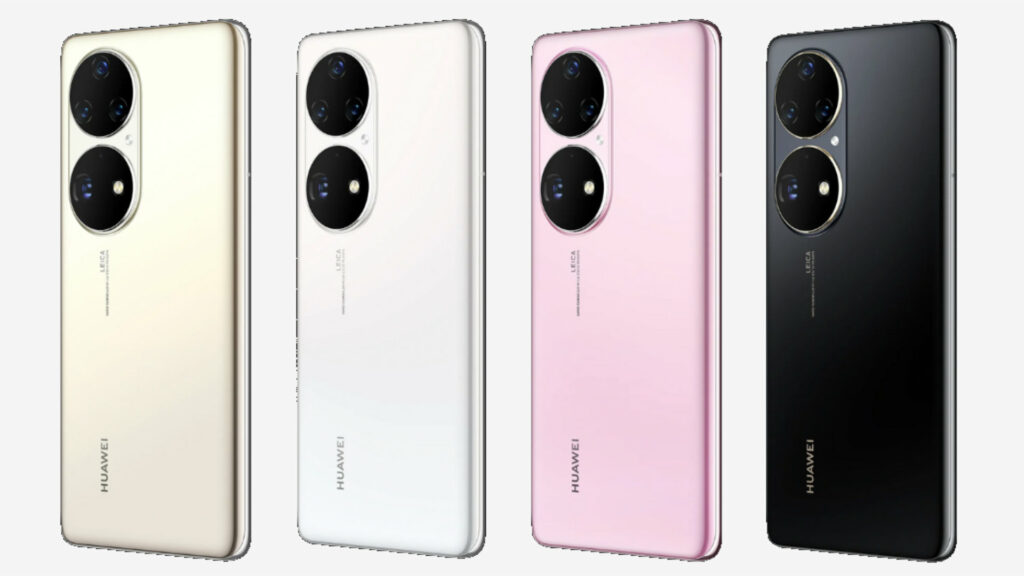
A 100x zoom on mobile?
On its P50 Pro (the higher-end of the two), Huawei even promises a “x100” zoom equivalent to a focal length of 2700 mm: a feature supposed to allow you to capture shots of objects located very far from you. This is equivalent to what the S21 Ultra offers and more than what the S21 offers (which you can still find in our guide to buying the best 2021 smartphones). But how is such a zoom possible on a smartphone? Be careful, we’re going to do some math.
First of all, a technical detail must be specified. Smartphones do not “zoom” in the true sense of the word. In the photo, a module is considered to be equipped with a zoom when it ” moves one or more lens groups inside the objectiveWikipedia explains, but this is not the case here, or on most smartphones. On mobile, the focal lengths are fixed and the phone will actually switch from one photo module to another to offer different angles of view (a bit like if you manually change the lens on your camera).
In the case that interests us, the P50 Pro is therefore equipped with four modules offering variable focal lengths. One at 13mm (ultra wide-angle), two at 23mm (wide-angle), and one at 90mm (zoom). By switching from one to the other, the P50 will therefore be able to offer different framing options without having to digitally zoom in the image (which would lose quality).
How does it work exactly?
It will not have escaped the most attentive and attentive of you, that even the focal length of 90 mm does not correspond at all to a magnification x100 compared to the focal length 23 mm (those used by default). Physically speaking, the zoom module offers 3.9 times greater magnification than the base module. We are very far from the x100 zoom promised by Huawei.
It is from there that the technical-marketing justifications take over. Rather than relying solely on the focal length of its photo modules, Huawei will use what it calls a “hybrid zoom” capable of offering 100 times greater magnification than the default module.
The phone will actually digitally zoom in on the photo until it achieves a result that would be equivalent to a lens with a focal length of 2700mm. With this technique, the manufacturer can communicate on a x100 zoom, since the result is indeed enlarged a little more than 100 times compared to what could be captured with the 23 mm module.
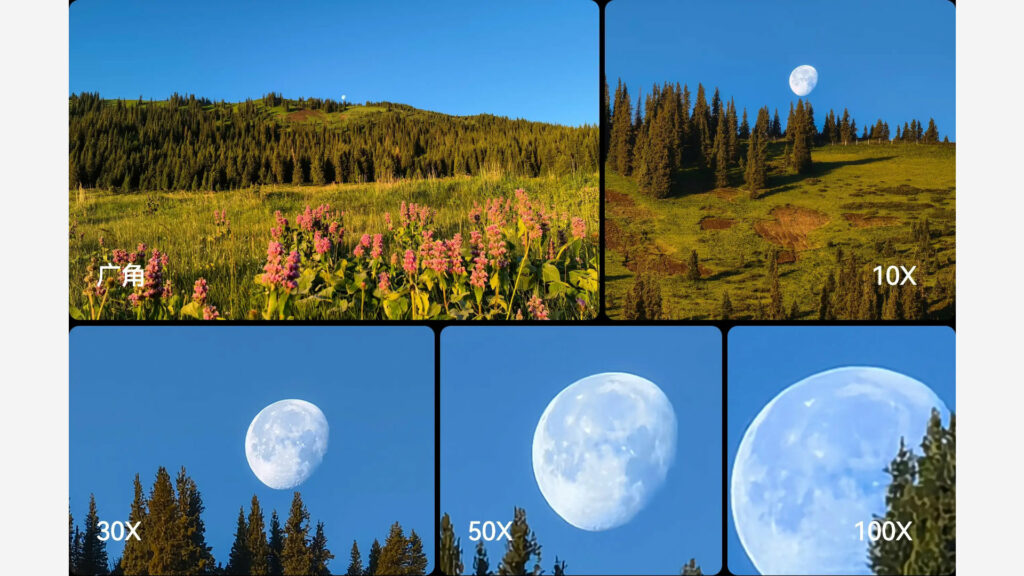
Anyone who has already taken a little photo, on the other hand, knows that zooming digitally on a photo makes it lose quality, since the pixels will appear larger. To overcome the problem, Huawei will therefore operate its four photo modules in tandem, in order to try to capture a photo as rich in pixels as possible. The more pixels the photo contains, the less noticeable the quality degradation is if you zoom into it.
The 90 mm module will therefore provide part of the zoom, while the rest will be done digitally by relying on the information captured by the other photo modules. It is this combination of methods that Huawei calls “hybrid zoom”, the term certainly being more selling than “fair quality digital zoom”. Photos captured in x100 mode clearly won’t be incredibly sharp, but the automaker feels it has done a good enough job of engineering to make it a marketing argument.

